The Many Faces of President Obama, As Seen in America’s Murals
From liquor stores to churches, Camilo Vergara has photographed murals of President Obama in some of the country’s poorest communities
When Camilo Vergara began taking photographs of murals across America in the 1970s, he didn't go looking for art spread out on the walls of community centers or schools—he went to the liquor stores and convenience stores in some of the country's poorest neigborhoods, looking for how artists portrayed black history on the walls of their community. "That is where the least mediated images are," he explains.
Since 2009, Vergara started noticing murals of President Obama popping up in these communities. He photographed the murals that he found, collecting them in a project similar to one he did with murals of Martin Luther King, Jr.
"To me, it was extremely interesting, because I saw it, at least the murals of Obama and Martin Luther King, as a prolongation of the Civil Rights history," Vergara says. "All these places want to present a friendly face, something which is appealing, that says, 'We’re here, this is our history, this is where we come from.'"
When the president is depicted with others in murals, it's often with Martin Luther King, Jr. Vergara says that Obama is also often painted next to Michelle. But others painted with the president—Benito Juárez, Oprah Winfrey—reflect the community where the mural is painted. "If you go to the Bronx, you may see him with Sonia Sotomayor," Vergara explains.
To Vergara, the most interesting part of the project has been seeing the evolution of the murals, from the beginning of Obama's presidency to present-day. In the beginning, he explains, murals seemed to mirror the president's famous "Yes We Can" campaign poster, depicting the president alone, often looking upwards, surrounded by red, white and blue imagery. Gradually, however, the murals took on a more powerful tone: Obama is often situated within a pantheon of black leaders, staring out from the building's walls. In newer murals, the red, white and blue symbolism is sometimes replaced by an eagle, a more obvious nod to Obama's presidential power.
"If you look at one of the last murals, the one from Chicago, he really looks harsh. It’s a kind of 'I’m here.' He has enemies. They show him in battle," says Vergara of a mural painted in Chicago in 2014 (#11 in the gallery above, captioned Ace's Place. 63rd St. at Vernon, Chicago. 2014.)
Residents of the community where these murals are located don't interact with them on a daily basis, says Vergara, but he can tell that they respect them, because they haven't been tagged, a rarity in some urban areas. "You go to a city like L.A., everything, just about, gets tagged there," Vergara says. "But some of these murals stay there, and no one does anything. To me, that means that they appreciate them, that they like them."
___________________
Camilo José Vergara, New York City based photographer known for documenting the poorest and most segregated communities in urban America, a 2002 MacArthur fellow and recently, the first photographer to ever receive the National Humanities Medal. Author of many books including, "Harlem: The Unmaking of a Ghetto," culled from 43 years of photographing in New York City (Chicago: University of Chicago Press, December 2013).
/https://tf-cmsv2-smithsonianmag-media.s3.amazonaws.com/accounts/headshot/natasha-geiling-240.jpg)
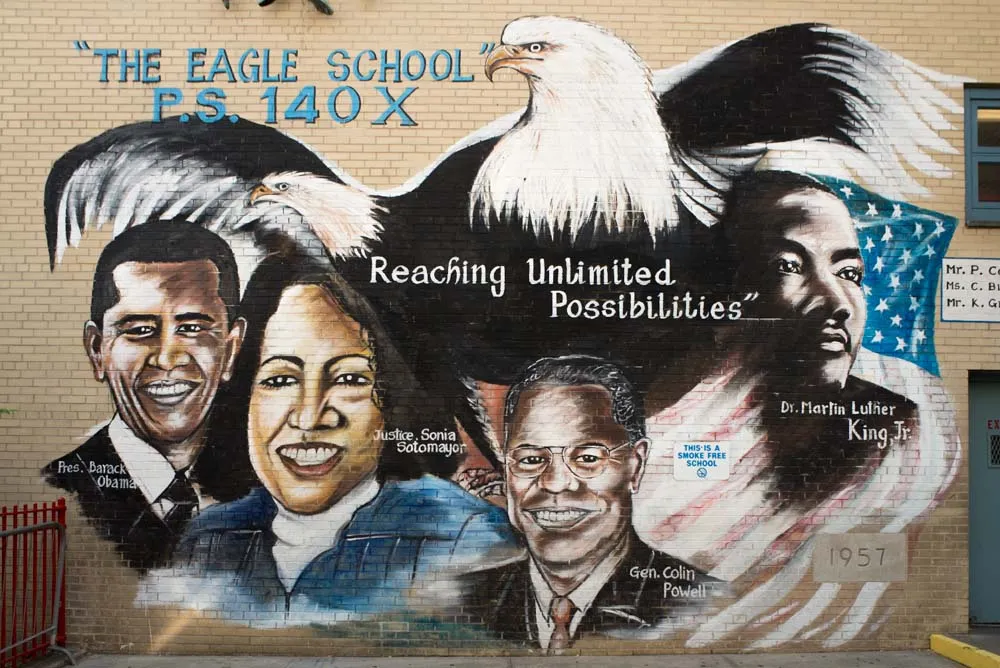
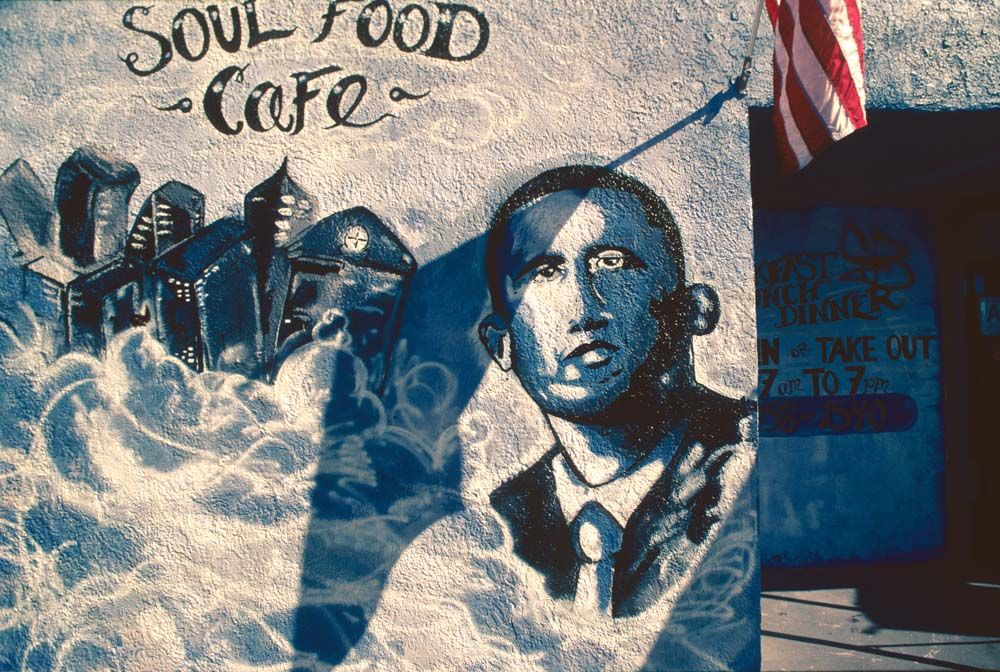
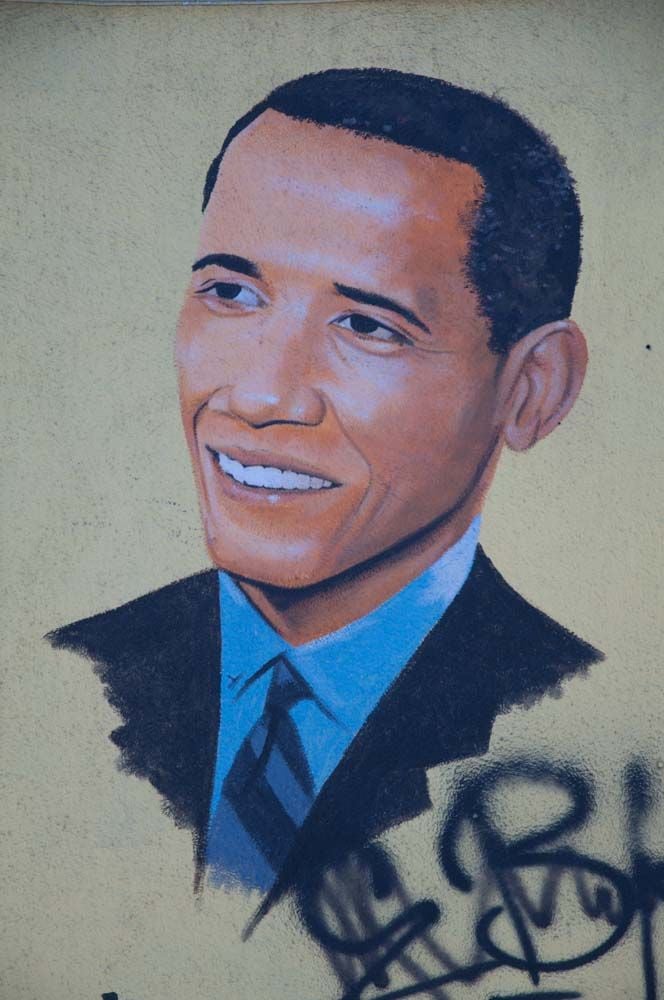
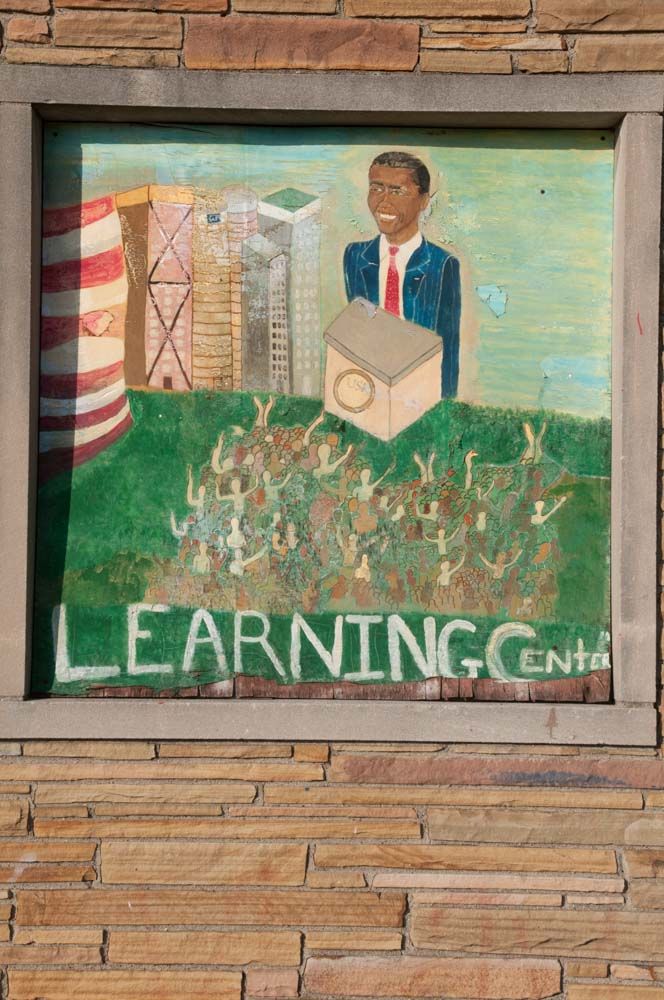
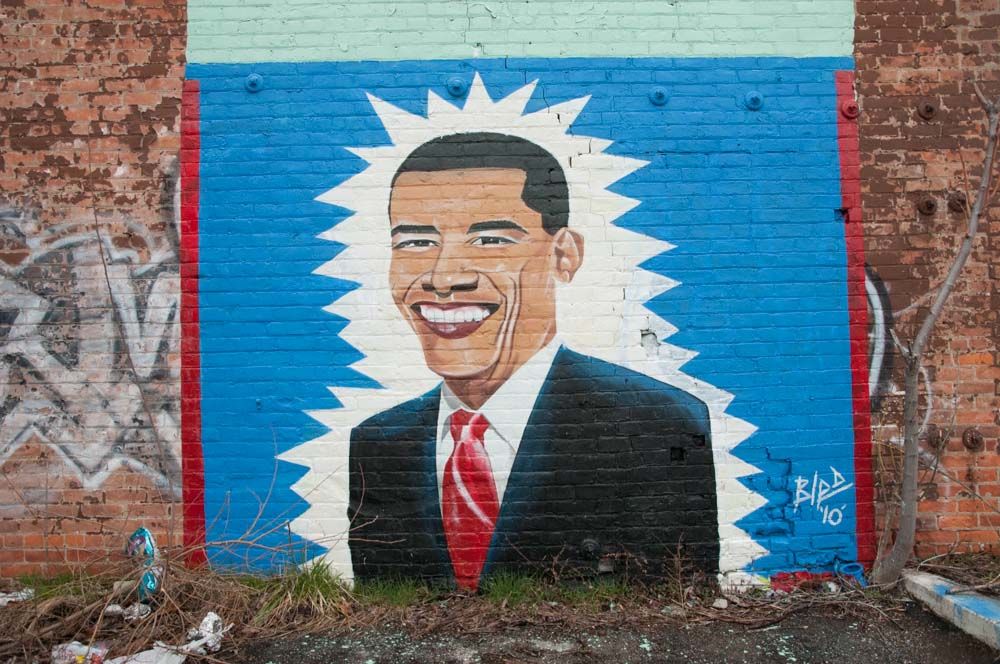
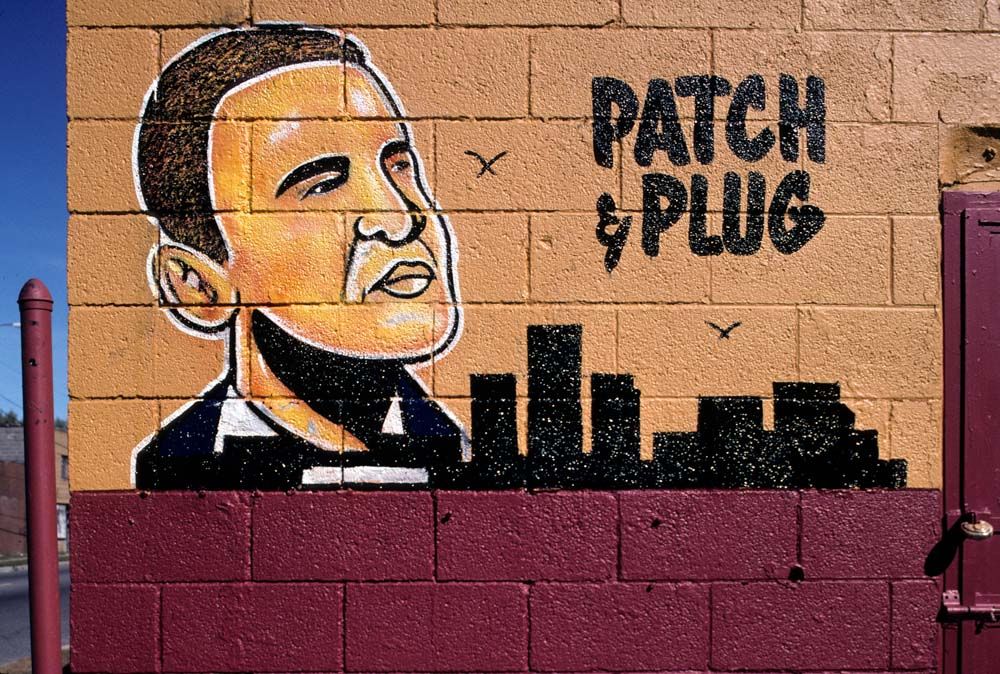
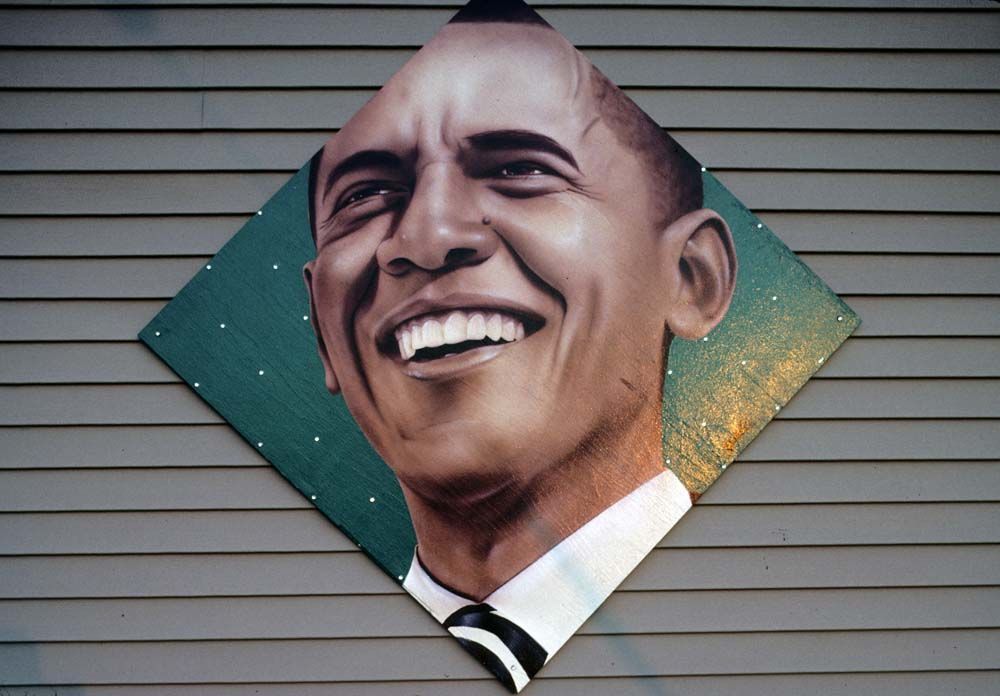
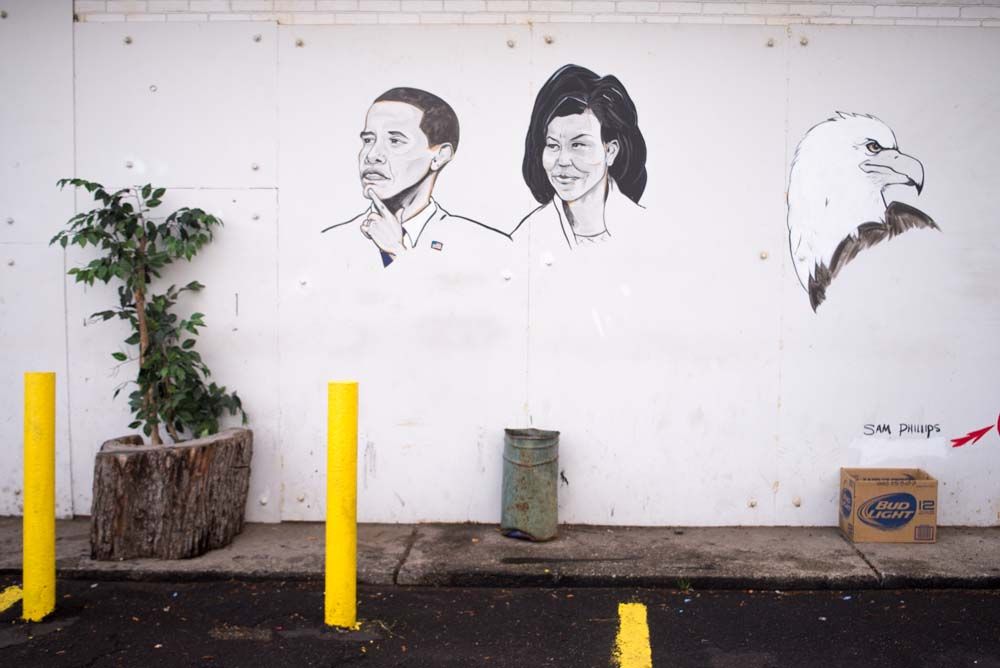

/https://tf-cmsv2-smithsonianmag-media.s3.amazonaws.com/filer/b2/d9/b2d9795b-3d62-484b-bbea-15cd490538cd/9-253_west_125th_st_harlem_2009_.jpg)
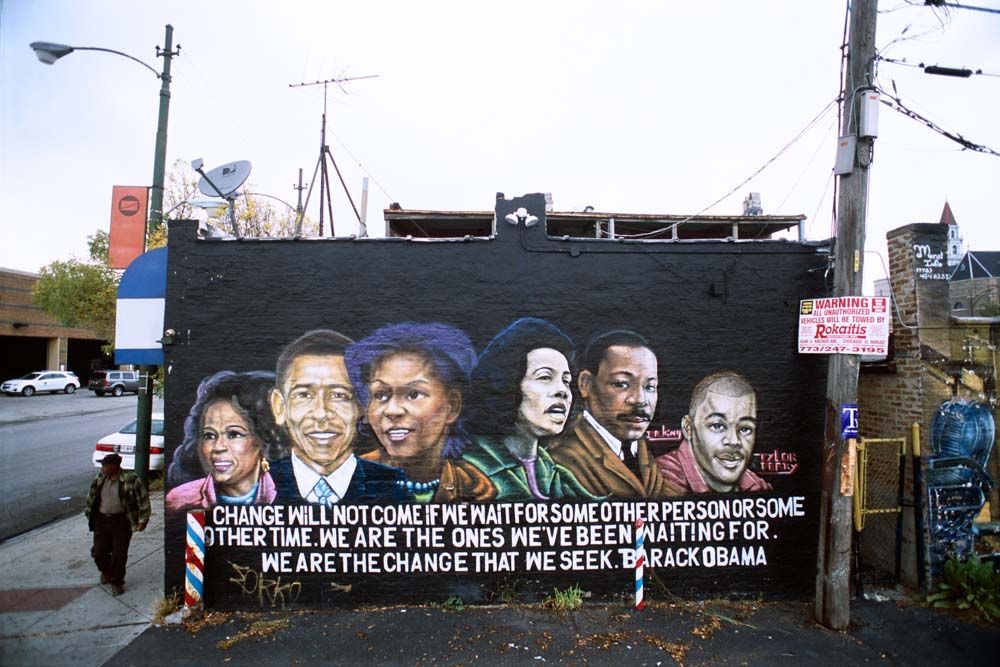
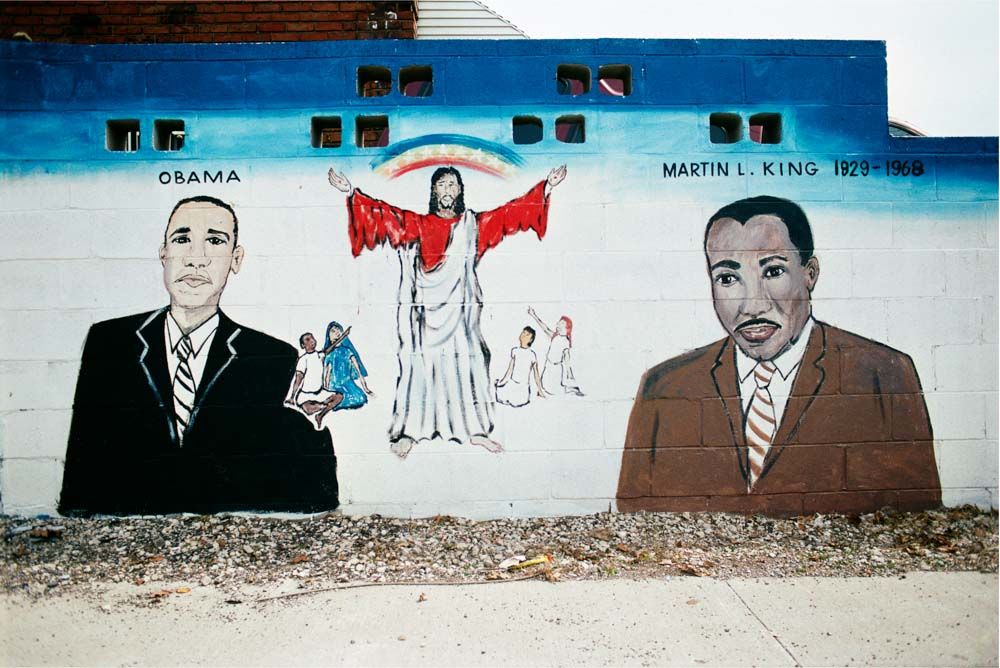
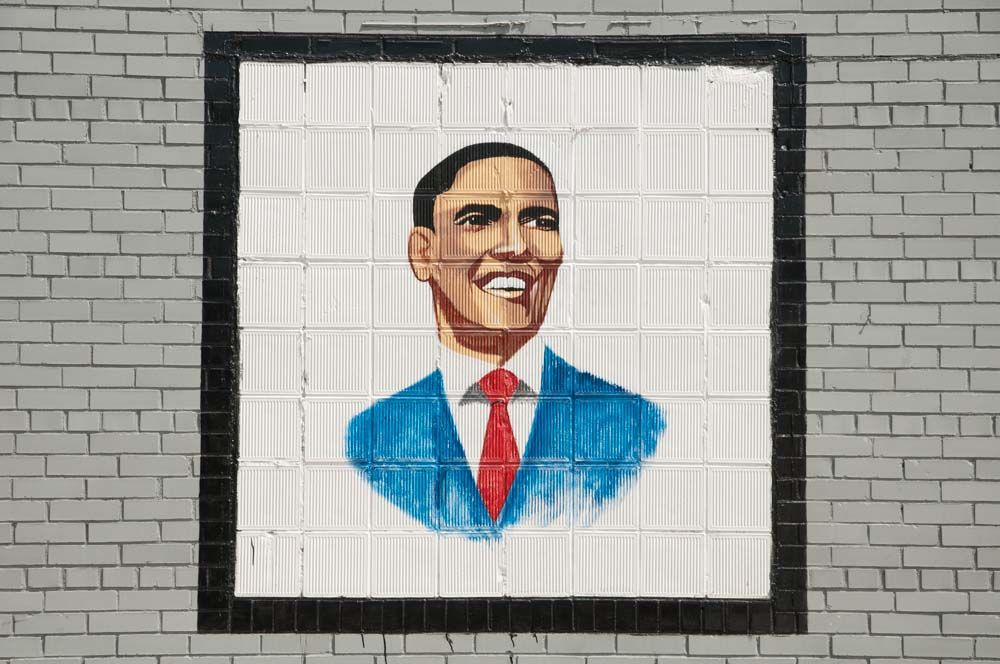

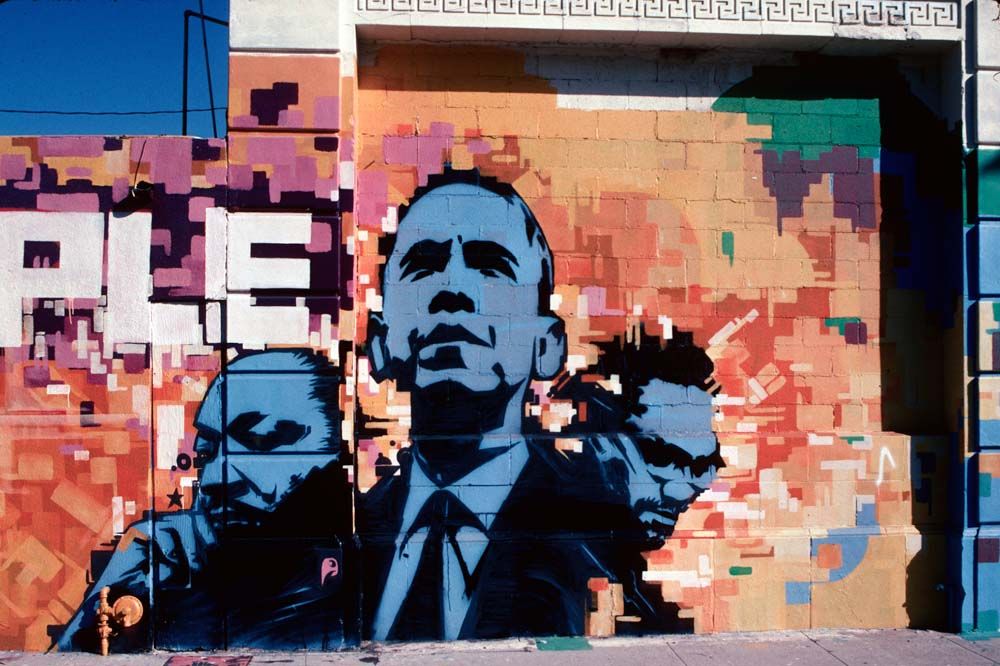
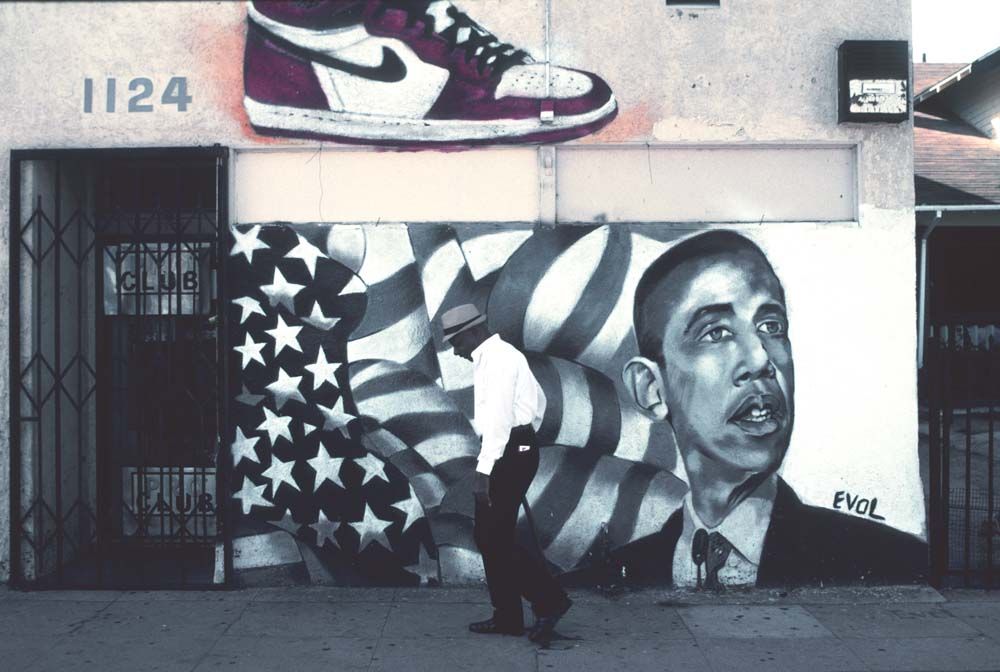
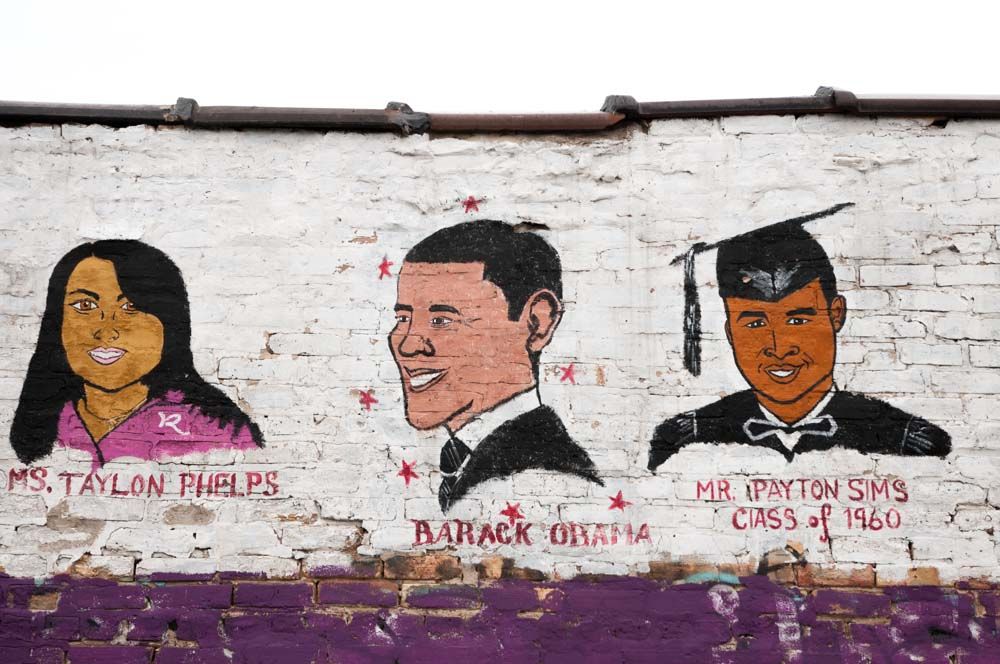
/https://tf-cmsv2-smithsonianmag-media.s3.amazonaws.com/accounts/headshot/natasha-geiling-240.jpg)